
Famous Scientists and their Inventions in Physics
Without a doubt, all of science's discoveries and innovations have transformed every aspect of our lives to date.
It has had a significant impact on how we think and change our ways. We were able to find answers to questions we thought we would never be able to answer thanks to scientific inventions.
A scientist is someone who studies the universe's nature. An investigator, on the other hand, is someone who attempts to develop useful devices and products.
Only a few people have achieved in both efforts. The list of discoveries below contains 17 well-known scientists and their inventions.
Albert Einstein

A photon is a small energy packet of electromagnetic radiation, also known as a light quantum.
This idea came from Albert Einstein's explanation of the photoelectric effect, in which he proposed that discrete energy packets exist during light transmission.
Albert Einstein is most renowned for his General and Special theories of relativity, as well as the mass-energy equivalence concept (E = mc2).
Isaac Newton
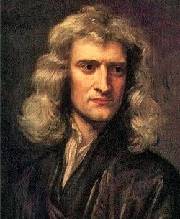
Sir Isaac Newton is well know scientist of England. He was a: -
- Mathematician,
- Physicist,
- Astronomer,
- Theologian, and
- Author.
He is largely regarded as one of history's greatest mathematicians, physicists, and scientists.
Isaac Newton's discoveries paved the way for future advancements in science. The following are some of his most notable innovations:
- Newton's three laws of motion laid the foundation for classical mechanics today.
- His discovery of gravitational force enabled us to forecast the movement of stars and planets
His invention of calculus provided us with a powerful mathematical instrument that aided the precise analytical study of the physical world.
J.J. Thomson
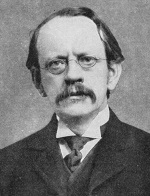
J.J Thomson was an English physicist. He was awarded Nobel Prize for his contribution in Physics.
He is credited with discovering the electron, the first of the subatomic particles to be discovered.
Thomson was able to show that cathode rays were made up of previously unknown negatively charged particles (electrons).
He calculated electron to have smaller bodies than atoms and a large charge-mass ratio.
He is also credited with discovering the first evidence for the existence of stable element isotopes.
John Dalton
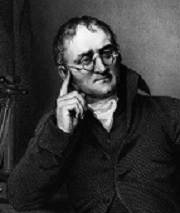
- Atoms are combination of small particles called atoms,
- These atoms are indivisible and indestructible.
Atoms of the same element have the same size, mass, and chemical properties.
Atoms combine, separate, and rearrange in a chemical reaction.
Based on his findings, Dalton made multiple discoveries.
Ernest Rutherford

He was the first to propose that an atom consists of a small charged nucleus surrounded by empty space.
This nucleus is surrounded by tiny electrons, which was later describe as the Rutherford model.
He is credited with the discovery of protons and the hypothesis of the neutron's existence.
Charles-Augustin de Coulomb
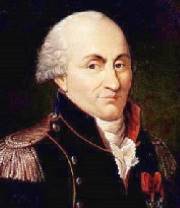
Charles-Augustin de Coulomb commonly known as Charles Coulomb. He was a physicist, engineer, and officer in the French army.
He is most known for discovering Coulomb's law, which describes the electrostatic attraction and repulsion force, but he also made contributions to the area of friction.
He developed this law in order to research Joseph Priestley's electrostatic repulsion law.
He also spent a lot of time researching machine friction, metal elasticity, and silk fibres. Coulomb is the SI unit of electric charge named after him.
Michael Faraday
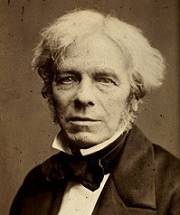
Michael Faraday FRS was a British scientist. He contributed significantly to electrochemistry and electromagnetic.
Faraday was a man who lived for experimentation and discovery. He was known for never giving up on scientific intuition-based concepts.
He would keep exploring through several failures until he obtained what he wanted when he had an idea. The following is a list of his notable discoveries:
- Electromagnetic Induction was discovered
- Benzene was discovered
- Faraday's Laws of Electrolysis were discovered
- Gas Liquefication and Refrigeration were discovered
Michael Faraday is regarded as one of history's most illustrious scientists.
Georg Simon Ohm
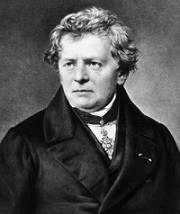
Georg Simon Ohm was a German mathematician and physicist. He was a school teacher.
The new electrochemical cell, invented by Italian scientist Alessandro Volta, was the reference point for Ohm's research.
Ohm found that the potential difference (voltage) applied across a conductor and the consequent electric current are closely linked using his own devises.
This law was name after him as Ohm's law. IUPAC made "ohm" SI unit of electrical resistance in his honor.
Thomas Edison
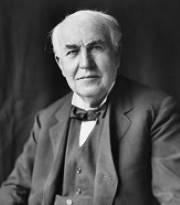
Thomas Alva Edison is called "America's greatest inventor,". He was not a scientist, was an American businessman and promoters.
Thomas Edison is credited with numerous important inventions and discoveries. We've made a list of a few notable examples:
- Discovery of incandescent light
- Invention of the carbon rheostat
- Invention of the motion picture camera
- Invention of the fluorescent electric light
"America's best inventor," according to Edison. In domains such as mass communication and electric power generation, he invented numerous gadgets.
Working with a large number of researchers and staff, he was a pioneer in bringing the ideals of organised science and cooperation to the process of invention.
Marie Sklodowska-Curie
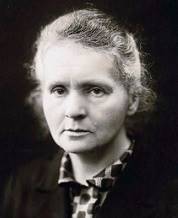
Marie Salomea Skodowska Curie (Marie Curie) was a Polish-born, naturalized-French scientist and chemist.
She pioneered in the field of radioactivity research. Curie was the first woman to receive a Nobel Prize, the first and only woman to win the Nobel Prize twice.
She has world record of receiving the Nobel Prize in two scientific branches. Later her family received five Nobel Prizes.
In 1906, she became the first woman to be appointed as a professor at the University of Paris
Henri Becquerel
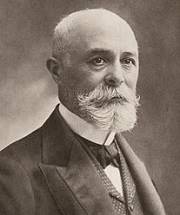
Antoine Henri Becquerel was a famous French physicist who specialised in radioactivity.
Henri Becquerel was the first person to discover proof of radioactivity. He was a French engineer, physicist, and Nobel laureate.
He shared the 1903 Nobel Prize in Physics with Marie Skodowska-Curie (Marie Curie) and Pierre Curie for their work in this subject.
The becquerel (Bq), a SI unit for radioactivity, is named after him.
Max Planck
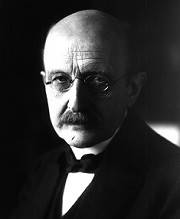
Max Karl Ernst Ludwig Planck, ForMemRS (Foreign Member of the Royal Society), was a German theoretical physicist.
He won the Nobel Prize in Physics in 1918 for his discovery of energy quanta.
Planck made numerous significant contributions to theoretical physics.
His most remarkable discovery is quantum theory, which changed our knowledge of atomic and subatomic phenomena.
Max Planck contributions to atomic and subatomic processes were substantial.
Wilhelm Conrad Röntgen
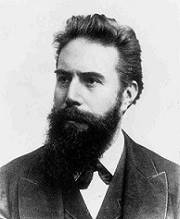
Wilhelm Conrad Röntgen was a German mechanical engineer and physicist.
On November 8, 1895, he created and identified electromagnetic radiation in the X-ray or Röntgen ray wavelength range.
This invention (X-ray) made him the first recipient of the Nobel Prize in Physics in 1901.
The International Union of Pure and Applied Chemistry (IUPAC) named element 111, roentgenium, a radioactive element with several unstable isotopes, after Röntgen in 2004 to honour his achievements.
The roentgen unit of measurement was also named after him.
Wilhelm Conrad Röntgen, a German physicist, was the first to make and identify electromagnetic radiation in the X-ray wavelength range.
He was awarded the Nobel Prize in Physics for this discovery.
Heinrich Rudolf Hertz
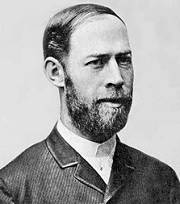
Heinrich Rudolf Hertz was a German scientist (Physicist).
He established the existence of electromagnetic waves predicted by James Clerk Maxwell's electromagnetism equations for the first time.
Heinrich discovered another key phenomenon known as the Photoelectric effect while working on electromagnetism.
He discovered that UV light caused the metal to lose charges more quickly than it would otherwise, and he published his findings in the Annalen der Physik magazine.
He didn't investigate this effect any further. Albert Einstein hypothesised in 1905 that light was made up of discrete packets of energy known as photons.
Quantum mechanics was born as a result of this discovery.
In his honour, the frequency SI unit cycle per second was given the name "hertz."
Neils Bohr
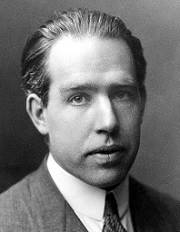
Niels Henrik David Bohr was a Danish scientist. He was a philosopher as well as a supporter of scientific research.
Bohr received the Nobel Prize in Physics in 1922 for his contributions to understanding atomic structure and quantum theory?
Bohr proposed the Bohr model of the atom. His model claimed that electron energy levels are discrete.
Electrons orbit the atomic nucleus in stable orbits but can jump from one energy level (or orbit) to another.
Although other models have since replaced the Bohr model, its core ideas are still relevant.
Enrico Fermi
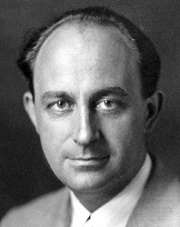
Enrico Fermi, an Italian-American physicist. He is credited with developing the world's first nuclear reactor.
Farmi is considered :
- Architect of the nuclear age and
- Architect of the atomic bomb.
He received the Nobel Prize in the area of Physics. It was given for his work on neutron bombardment-induced radioactivity.
Enrico Fermi made significant contributions in these fields :-
- Quantum theory,
- Statistical
- mechanics,
- Nuclear and
- Particle physics